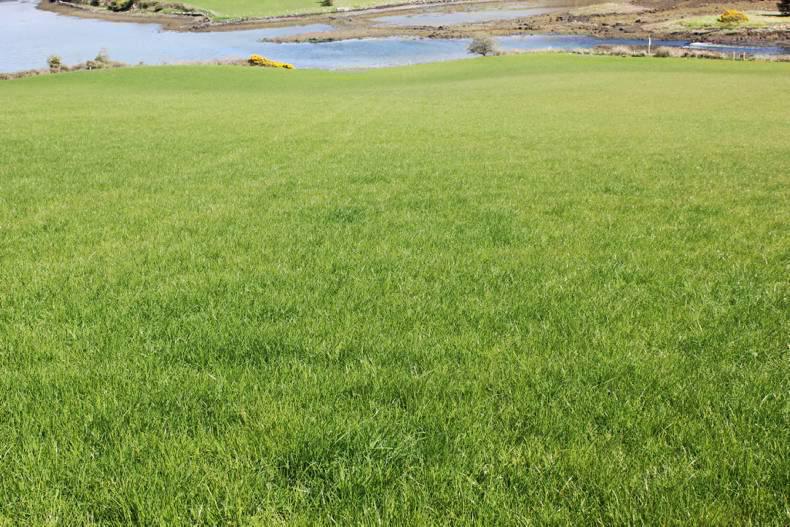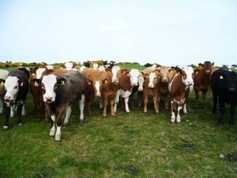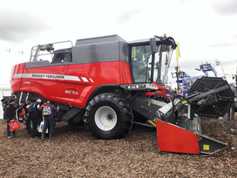Adverse spring weather is now so common in Northern Ireland that I consider it the norm, and perfect conditions are regarded as exceptional.
My grandfather used to say a full larder was very often accompanied by a long winter – and judging by the disappearing stocks of surplus baled silage in fields around the country, he has again been proved correct.
The month of April saw trailer loads of round and square bales on our roads almost daily, as those hitherto unsaleable stacks in the corners of fields were suddenly very much in demand.
Three months ago, bales were changing hands for a lot less than cost of production; I wonder what the price is now?
Drama
Our local drama club recently staged a three-act play, and since they needed someone to perform the part of a cantankerous farmer, it was generally assumed that I’d do it, since there wouldn’t be much need for acting.
Apart from the difficulty in balancing rehearsals with lambing, it always proves a welcome distraction from the relentless grind of winter farming. And after performing on three occasions, I couldn’t help but compare the preparation and planning put into the event with my own aims for the year ahead.
We have to learn our lines, practice them until we are word perfect, and we have to know exactly where to be positioned on stage.
This can be somewhat monotonous, but after three months, it pays off when it all comes together on the night.
Farming parallel
In a similar vein, over the winter I usually draw up some sort of preparation for the farming year ahead.
Plans are made regarding individual fields, whether they are for cattle, sheep, or cereals. The idea is that by having a structured scheme in place, things will run smoothly. But this is where the comparison with the drama club ends.
At the drama club all the hard work on stage bears fruit, because constant practice translates into success.
By contrast, my farming script has been ripped up, thrown in the bin, and I’m near enough starting again from scratch.
Grass that was saved over the winter is now either grazed to the scalp, or slowly recovering from the wet weather.
Silage fields that were to be grazed only until early April still have sheep and lambs running over them, and the only part of the script that has been fully adhered to is the successful retention of 14 acres for cattle.
Rapid improvement
At the time of writing last weekend, ground conditions had rapidly improved, to the extent that cattle were finally turned out of the shed last Friday.
Stubble land that was in gutters a week ago is now ploughed, although the only medicine to help it dry out will be time.
One field was ploughed a month ago, and despite being white on top, the bottom of the furrow is still far too damp to consider cultivation.
Probably the biggest single problem with all the land I farm is the lack of any free draining fields.
It is frustrating when overhead conditions are not matched by conditions below ground. And although I realise that Rome wasn’t built in a day, it is disheartening to see a new reseed, fertilised in March and waving in the spring breeze, suddenly turn into some sort of overwintering paddock after a week’s attention from ewes with lambs at foot.
Nevertheless, we’ve been here before, and we know that better conditions do eventually arrive.
Bitter experience has taught me that the only way to ease the pain of bad weather is to throw money at my livestock.
Cattle need to be held in sheds, extra fertiliser is needed to let grass catch up, and ewes with lambs require a pile of meal for an extended few weeks.
One scene from the drama production involved someone hypnotising himself, and it got me thinking that if someone could put me into a trance, then tell me that meal and fertiliser were free, life would be so much easier.
That’s the downside to benchmarking: you become far too aware of the cost of everything, particularly the bad weather.






 This is a subscriber-only article
This is a subscriber-only article










SHARING OPTIONS: